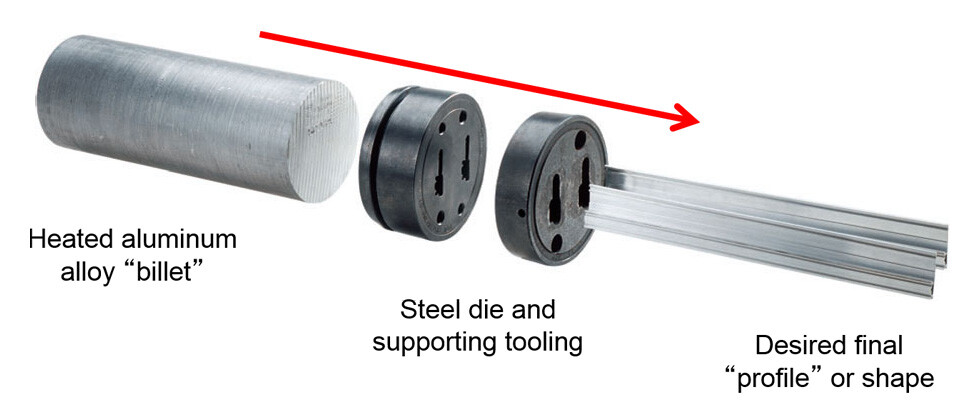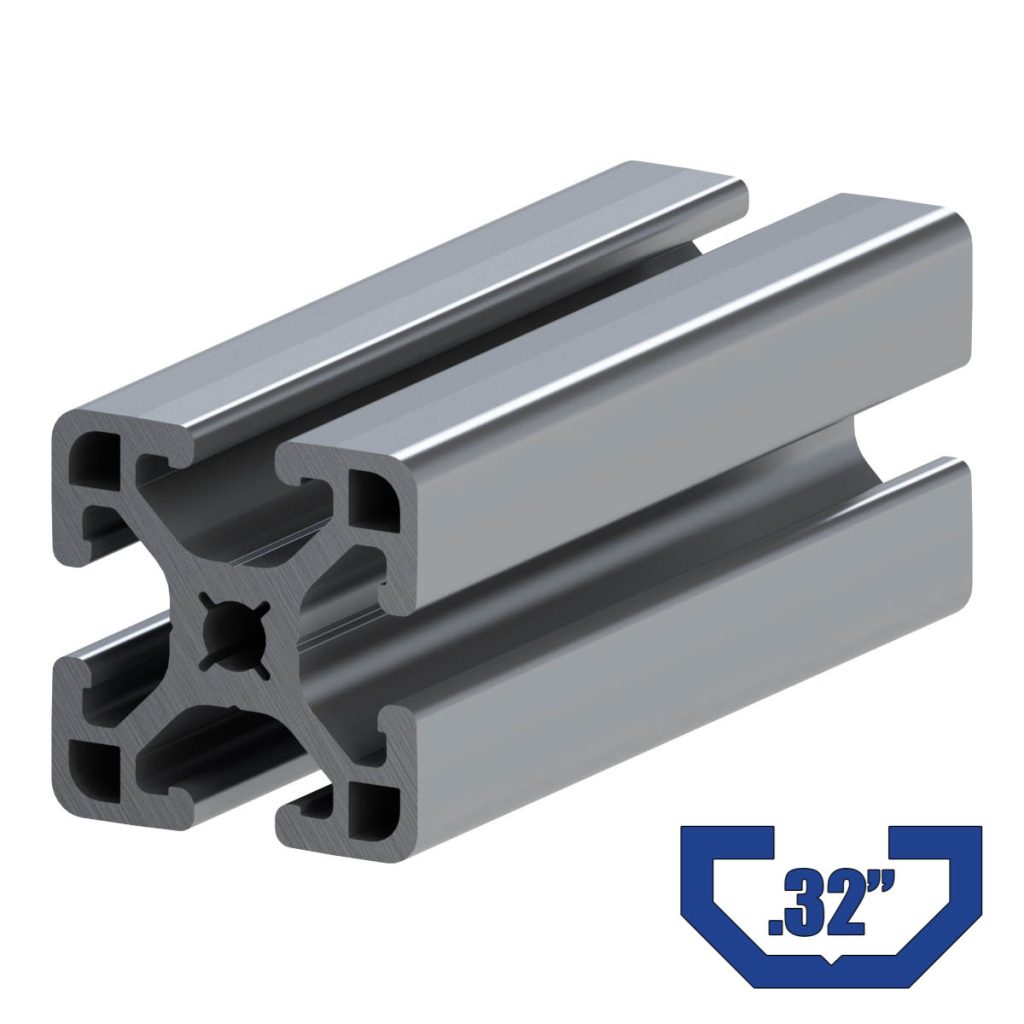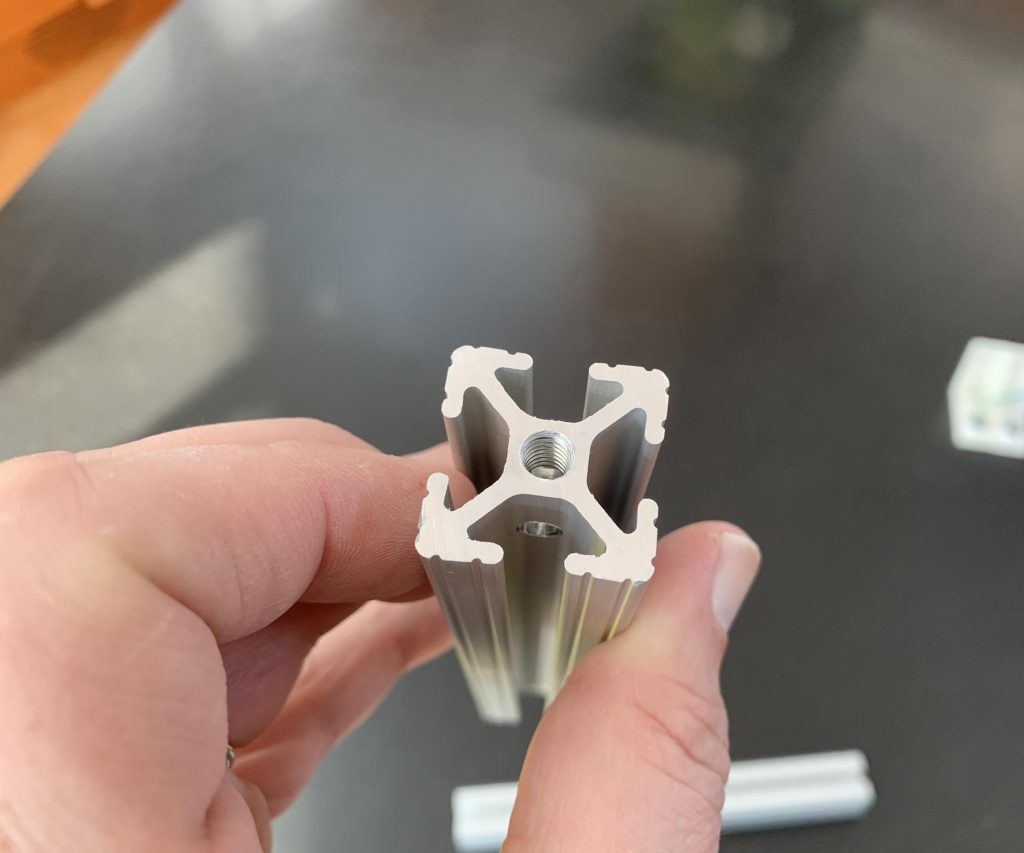Table of Contents
- How to Air Seal Plexiglass to Aluminum Extrusion?
- Frequently Asked Questions
- What materials are required for air sealing plexiglass to aluminum extrusion?
- How do I prepare the plexiglass and aluminum extrusion for air sealing?
- How do I apply the silicone sealant for air sealing?
- How do I test the air seal on the plexiglass and aluminum extrusion?
- What are some tips for air sealing plexiglass to aluminum extrusion?
If you’re looking to air seal plexiglass to aluminum extrusion, then you’re in the right place. Air sealing is an important step in preventing heat loss, reducing energy costs, and improving overall comfort. Whether you’re a DIY enthusiast or a professional contractor, this guide will walk you through the steps to properly air seal plexiglass to aluminum extrusion.
First, let’s start with the basics. Air sealing involves creating a barrier between the inside and outside of a building to prevent air leakage. This can be achieved by sealing gaps and cracks with caulk, foam, or tape. In the case of plexiglass to aluminum extrusion, the air sealing process involves sealing the gap between the two materials to prevent air leakage and improve energy efficiency. Now let’s dive into the steps to properly air seal plexiglass to aluminum extrusion.
- Clean both the plexiglass and aluminum extrusion thoroughly.
- Cut the plexiglass to the desired size and drill holes in the aluminum extrusion where you want to attach it.
- Apply a bead of silicone adhesive to the aluminum extrusion and press the plexiglass onto it. Make sure to align the holes properly.
- Allow the adhesive to dry completely as per the manufacturer’s instructions.
- Seal the edges of the plexiglass with silicone caulk to prevent air leakage.
How to Air Seal Plexiglass to Aluminum Extrusion?
When it comes to working with plexiglass and aluminum extrusion, one of the most important things to consider is air sealing. Proper air sealing ensures that the final product is airtight and free from any leaks, which is especially important when working on projects that require a high level of precision and accuracy. In this article, we will discuss how to air seal plexiglass to aluminum extrusion so that you can create a professional-grade product that meets your exacting standards.
What is Air Sealing?
Air sealing is the process of sealing any gaps or cracks between two surfaces to prevent air from flowing through. In the case of plexiglass and aluminum extrusion, air sealing is important to ensure that the final product is airtight and free from any leaks. If air is able to flow through the seams between the plexiglass and aluminum extrusion, it can compromise the integrity of the product and lead to issues down the line.
There are a few different methods you can use to air seal plexiglass to aluminum extrusion, depending on the specific needs of your project. Let’s take a closer look at some of the options available to you.
Method 1: Silicone Caulk
One of the most common methods of air sealing plexiglass to aluminum extrusion is to use silicone caulk. Silicone caulk is a flexible, waterproof sealant that is perfect for filling in any gaps or cracks between the plexiglass and aluminum extrusion. To use silicone caulk, follow these steps:
- Clean the surfaces: Before applying the silicone caulk, make sure that both the plexiglass and aluminum extrusion are clean and free from any debris or dust. This will help the caulk adhere properly to the surfaces.
- Apply the caulk: Using a caulking gun, apply a thin, even bead of silicone caulk along the seam between the plexiglass and aluminum extrusion. Be careful not to apply too much caulk, as this can create a messy finish.
- Smooth the caulk: Using a caulk smoothing tool or your finger, smooth the caulk along the seam to create a clean, even finish. Make sure that the caulk is pressed firmly into the gap between the two surfaces.
- Allow to dry: Let the silicone caulk dry completely before moving on to the next step. This can take anywhere from a few hours to overnight, depending on the specific product you are using.
Using silicone caulk is a simple and effective way to air seal plexiglass to aluminum extrusion, and is a popular choice for many DIYers and professionals alike.
Method 2: Adhesive Tape
Another option for air sealing plexiglass to aluminum extrusion is to use adhesive tape. Adhesive tape is a quick and easy way to create an airtight seal between the two surfaces, and can be a good choice for projects that require a fast turnaround time. To use adhesive tape, follow these steps:
- Clean the surfaces: As with silicone caulk, it is important to ensure that both the plexiglass and aluminum extrusion are clean and free from any debris or dust before applying adhesive tape.
- Cut the tape: Cut a piece of adhesive tape to the length of the seam between the plexiglass and aluminum extrusion. Make sure to choose a tape that is appropriate for your specific project, as there are many different types of adhesive tape available.
- Apply the tape: Starting at one end of the seam, apply the adhesive tape to the plexiglass, pressing it firmly into place as you go. Make sure that the tape is aligned with the edge of the plexiglass to create a clean finish.
- Trim the tape: Once the tape is in place, use a sharp knife or scissors to trim any excess tape from the edges of the plexiglass.
Adhesive tape is a quick and easy way to air seal plexiglass to aluminum extrusion, and can be a good choice for projects that require a fast turnaround time.
Method 3: Rubber Gaskets
Finally, rubber gaskets can also be used to air seal plexiglass to aluminum extrusion. Rubber gaskets are flexible, durable, and can be customized to fit the exact specifications of your project. To use rubber gaskets, follow these steps:
- Measure the gap: Use a caliper or ruler to measure the gap between the plexiglass and aluminum extrusion. This will help you determine the size and shape of the rubber gasket you need.
- Choose the gasket: Choose a rubber gasket that is the appropriate size and shape for your project. There are many different types of rubber gaskets available, so make sure to choose one that is appropriate for your specific needs.
- Install the gasket: Starting at one end of the seam, press the rubber gasket firmly into place, making sure that it is aligned with the edge of the plexiglass. Continue pressing the gasket into place along the entire seam until it is fully installed.
- Trim the gasket: Use a sharp knife or scissors to trim any excess rubber gasket from the edges of the plexiglass.
Rubber gaskets can be a good choice for projects that require a high level of precision and accuracy, as they can be customized to fit the exact specifications of your project.
The Benefits of Air Sealing Plexiglass to Aluminum Extrusion
Air sealing plexiglass to aluminum extrusion offers a number of benefits, including:
- Improved energy efficiency: By creating an airtight seal between the plexiglass and aluminum extrusion, you can prevent air from flowing in and out of the product, which can help to improve energy efficiency and reduce heating and cooling costs.
- Increased durability: An airtight seal can also help to improve the durability and longevity of the product, as it can help to prevent moisture and other contaminants from seeping into the seams between the plexiglass and aluminum extrusion.
- Professional-grade finish: Air sealing can help to create a professional-grade finish for your product, ensuring that it meets your exacting standards and looks great for years to come.
Air Sealing Plexiglass to Aluminum Extrusion: The Verdict
When it comes to air sealing plexiglass to aluminum extrusion, there are a few different methods you can use to create an airtight seal. Whether you choose to use silicone caulk, adhesive tape, or rubber gaskets, the most important thing is to take your time and ensure that the surfaces are clean and free from any debris or dust before beginning. With a little patience and attention to detail, you can create a professional-grade product that meets your exacting standards and stands the test of time.
Frequently Asked Questions
Here are some common questions regarding how to air seal plexiglass to aluminum extrusion:
What materials are required for air sealing plexiglass to aluminum extrusion?
To properly air seal plexiglass to aluminum extrusion, you will need a few materials, including silicone sealant, a caulking gun, a sharp utility knife, a measuring tape, and a clean cloth. The silicone sealant should be rated for outdoor use and able to bond to both plexiglass and aluminum.
Before starting the air sealing process, it is important to make sure that the plexiglass and aluminum extrusion are clean and free of any debris, dirt, or grease. This will ensure that the silicone sealant adheres properly and creates a strong bond.
How do I prepare the plexiglass and aluminum extrusion for air sealing?
To prepare the plexiglass and aluminum extrusion for air sealing, you will need to measure the dimensions of the plexiglass and cut it to fit into the aluminum extrusion. Use a sharp utility knife to make precise cuts and ensure a tight fit.
Once the plexiglass is cut and fitted into the aluminum extrusion, clean both surfaces thoroughly with a clean cloth and rubbing alcohol. This will remove any dirt, debris, or grease that could interfere with the adhesion of the silicone sealant.
How do I apply the silicone sealant for air sealing?
To apply the silicone sealant for air sealing, load the caulking gun with the silicone sealant and apply a continuous bead of sealant along the edge of the plexiglass where it meets the aluminum extrusion. Be sure to apply enough sealant to create a complete seal and fill any gaps or spaces.
Smooth the sealant with a clean finger or a caulk smoothing tool to ensure a clean, even finish. Allow the sealant to dry completely according to the manufacturer’s instructions before testing the seal for air leaks.
How do I test the air seal on the plexiglass and aluminum extrusion?
To test the air seal on the plexiglass and aluminum extrusion, close all windows and doors in the room and turn off any fans or ventilation systems. Light a candle or incense stick and hold it near the edge of the plexiglass where it meets the aluminum extrusion.
If the flame or smoke is drawn toward the edge, there is an air leak that needs to be addressed. Apply more silicone sealant to the affected area and repeat the test until the flame or smoke is no longer drawn toward the edge.
What are some tips for air sealing plexiglass to aluminum extrusion?
When air sealing plexiglass to aluminum extrusion, it is important to work carefully and methodically to ensure a tight, secure seal. Take your time measuring and cutting the plexiglass, and be sure to clean both surfaces thoroughly before applying the silicone sealant.
Use a caulk smoothing tool or a clean finger to smooth the silicone sealant and create a clean, even finish. Finally, be patient and allow the sealant to dry completely before testing the air seal to ensure the best possible results.
In conclusion, air sealing plexiglass to aluminum extrusion requires a bit of effort but can be done easily with the right tools and materials. By following the steps outlined in this guide, you can effectively seal your plexiglass to your aluminum extrusion to prevent air leaks and improve energy efficiency.
Remember to start by thoroughly cleaning the surfaces you wish to seal and selecting a high-quality adhesive or sealant. Applying the sealant in a continuous, uniform bead along the edges of the plexiglass and aluminum extrusion is crucial for a successful seal.
By taking the time to properly seal your plexiglass to your aluminum extrusion, you can save money on energy costs and improve the overall insulation of your space. So, roll up your sleeves and get to work – your wallet (and the planet) will thank you for it!
Request a quote today!
[contact-form-7 id="1578" title="Contact form"]
Please compress the file into a ZIP or RAR file before uploading. Alternatively, send through your RFQ by email.
enquires@unitymanufacture.com





